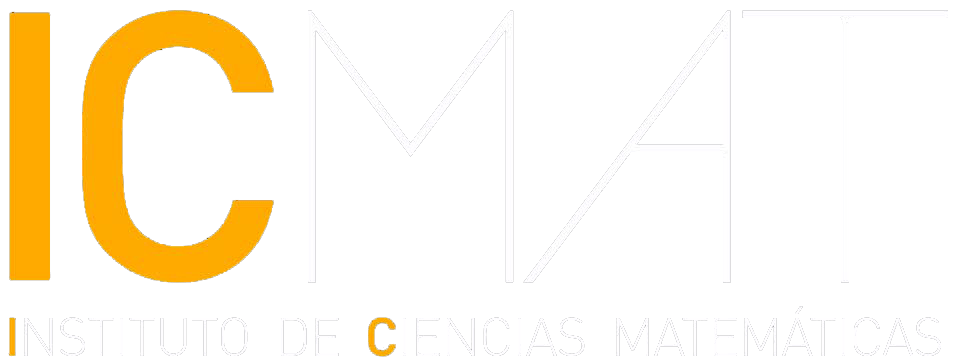Original Title: “Tdual solutions of the Hull–Strominger system on nonKähler threefolds”
Authors: Mario García-Fernández (ICMAT-CSIC)
Source: Journal für die reine und angewandte Mathematik
Date of online publication: June 18, 2019
Link: https://arxiv.org/abs/1805.00756
The Hull-Strominger system of partial differential equations was proposed by Shing-Tung Yau as an approach to the geometrization of surgeries (transitions and flops) in the passage from algebraic to non-Kähler Calabi-Yau manifolds in complex dimension three. With origins in string theory, these equations relate to a conjectural generalization of the widely studied phenomenon of mirror symmetry, known as (0,2)-mirror symmetry. Unlike in the familiar mirror symmetry for algebraic Calabi-Yau manifolds, the main character of (0,2) mirror symmetry is a compact Calabi-Yau manifold, possibly non-Kähler, equipped with a fiber bundle satisfying suitable topological constraints.
The work by Mario García-Fernández comprises two parts. In the first part he constructs new examples of solutions of the Hull-Strominger system on non-Kähler torus bundles over K3 surfaces. Upon a choice of natural ansatz, he shows that the existence of solutions reduces to known results about moduli spaces of slopestable sheaves on a K3 surface, combined with elementary analytical methods. His solutions are comparatively much simpler than the solutions constructed in the same manifolds by J.X. Fu and S.T. Yau via the complex Monge-Ampère equation. In the second part he studies qualitative properties of these new solutions in relation to the conjectural (0,2) mirror symmetry. For this, he proves that his solutions appear in pairs related by topological T-duality, a geometric version of the T-duality relation between quantum field theories discovered by physicists. His construction provides the first examples of T-dual solutions of the Hull-Strominger system on compact non-Kähler manifolds, and natural candidates for (0,2)mirror pairs.“


